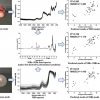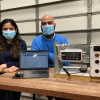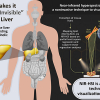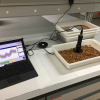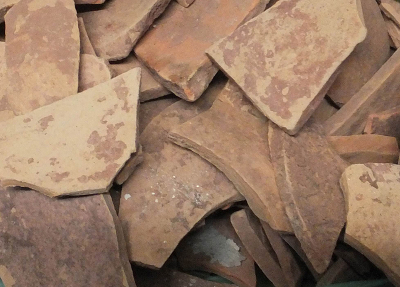
The determination of the origin of the various types of amphorae is not always possible just by looking at their morphology. Mineralogical and chemical analyses is also needed to determine key aspects like the manufacturing process, workshop and raw materials used. In the analysis of various pieces from Sagunto, scientists from the University of Valencia Department of Prehistory, Archaeology and Ancient History, the Department of Analytical Chemistry and the Institute of Materials Science (ICMUV) have combined various types of chemical and physical analyses to determine the origin of ceramic fragments.
The team analysed the characteristics of 20 pieces of known origin (Iberian–Roman, Punic, Adriatic, Campania, Marseille and Tarragona) to find out about 27 others of difficult ascription. They used a set of analytical techniques that require a total of less than 1 g of sample.
Clodoaldo Roldán, a researcher at the ICMUV, has combined four different key analytical techniques to identify the unknown fragments. Mass spectrometry was used for the determination of organic matrices, combined with a portable X-ray equipment, which made it easier to identify major chemical elements and traces of others, and determine the origin of the raw materials used. Near infrared spectroscopy and voltammetry were also used to study oxidation and reduction processes, and provided relevant information on the manufacturing process of amphorae from the spectroscopic identification of compounds related to cooking temperatures.
The work was reported in Applied Clay Science.










